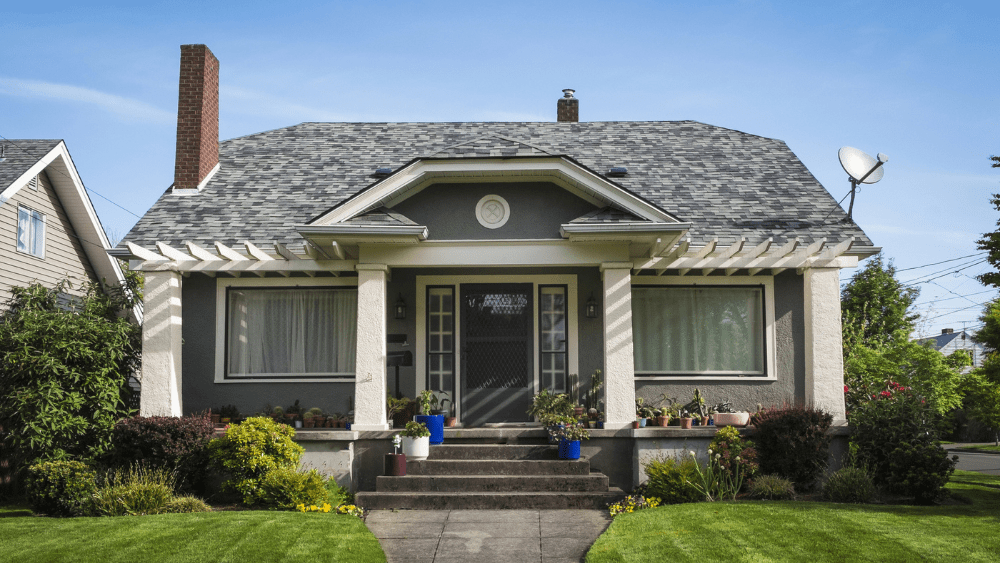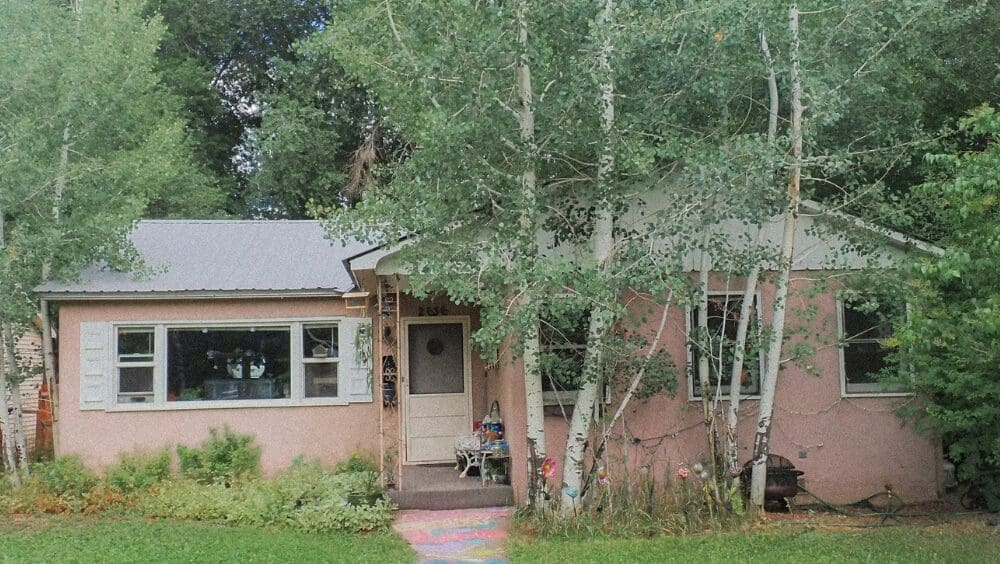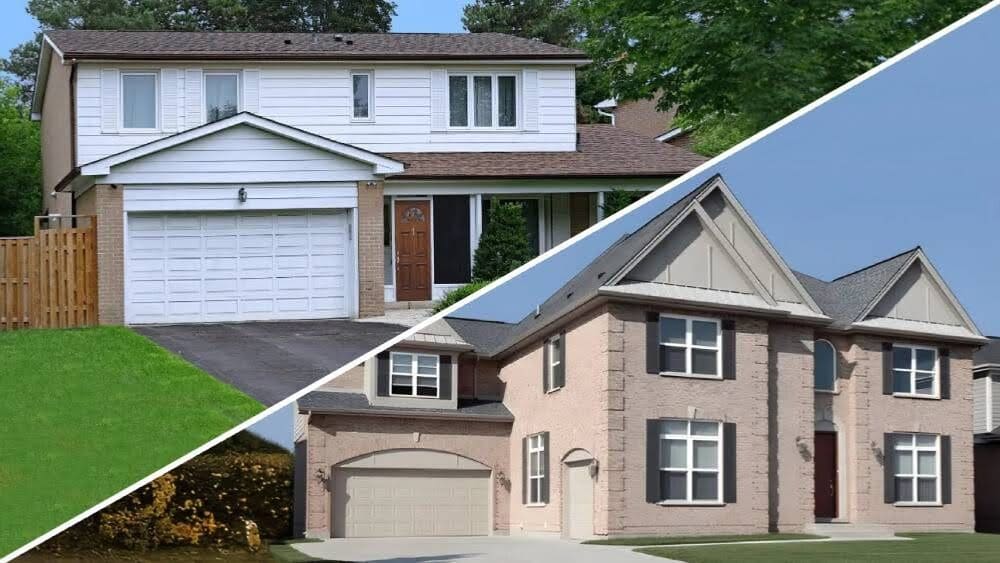
When competing on a playing field of high interest rates, elevated home prices, and inflation woes, many renting Americans feel sidelined in the game of homeownership. Some would-be buyers are reevaluating their must-have lists, including their preferred buying locations. To this end, home shoppers are seeking out the cheapest states to buy a house. But it’s not just first-time buyers looking for cheaper homes. Older homeowners are also considering the benefits of relocating and downsizing into a small home that they can purchase outright — using the equity from their existing home to eliminate mortgage payments. In this post, we take a look at the cheapest states to buy a house. From understanding the historic cost of homes to uncovering hidden gems under $100K, we’ll arm you with the insights you need to make informed decisions on your home-buying journey. As of the start of 2024, navigating the real estate market presents a unique challenge for both first-time homebuyers and seasoned homeowners alike. According to the National Association of Realtors, the median price for an existing U.S. home is $382,600 as of Q1 2024. The Federal Reserve Economic Data (FRED) website estimates the median price at $417,700. Whether you’re a newcomer eager to invest in your first property or an older homeowner contemplating the benefits of downsizing, this $400,000 average price point can serve as a benchmark as you research the cheapest states to buy a house. Tracing the trajectory of home prices over the decades offers a compelling snapshot of the American dream’s evolution. The table below lays out a timeline, showing how median home prices have surged from a modest $11,900 in 1960 to an eye-opening $417,700 by 2024. This historical perspective not only highlights the dramatic increase in property values but also underscores the economic shifts and market dynamics that have shaped home buying over the years. The notable dip seen in 2010, following the 2008 housing market crash, serves as a stark reminder of the market’s volatility. Here’s a look at the 16 states with the most affordable median home sale prices, ranging from $228,000 to $289,900. It’s important to note that every state will have areas with lower-than-average property values, but these are the only states that currently boast a statewide median home price that falls below $300,000. Whether you’re a first-time homebuyer, a retiree looking to downsize, or simply searching for a more affordable living situation, these states may offer opportunities for homeownership, which can translate to financial progress and a more fulfilling lifestyle. However, while these states may have the cheapest current median home sale prices, buyers must also keep in mind cost of living factors when making a move. These include expenses for such things as:What’s the national median home price for comparison
How much have homes cost over the years?
Median sales price of U.S. homes 1960-2024
Year
Median home price
Year
Median home price
1960
$11,900
1995
$130,000
1965
20,200
2000
$165,300
1970
$23,900
2005
$232,500
1975
$38,100
2010
$222,900*
1980
$63,700
2015
$289,200
1985
$82,800
2020
$329,000
1990
$123,900
2024
$417,700
What are the cheapest states to buy a house?
16 cheapest states to buy a house in 2024
State
Median home price
State
Median home price
Ohio
$228,000
Kentucky
$246,700
Mississippi
$232,800
Kansas
$263,700
Oklahoma
$233,900
Illinois
$266,800
Michigan
$238,800
Alabama
$267,100
Indiana
$242,500
Pennsylvania
$268,100
Louisiana
$243,300
Nebraska
$280,400
Missouri
$243,500
West Virginia
$284,000
Arkansas
$246,000
Iowa
$289,900



